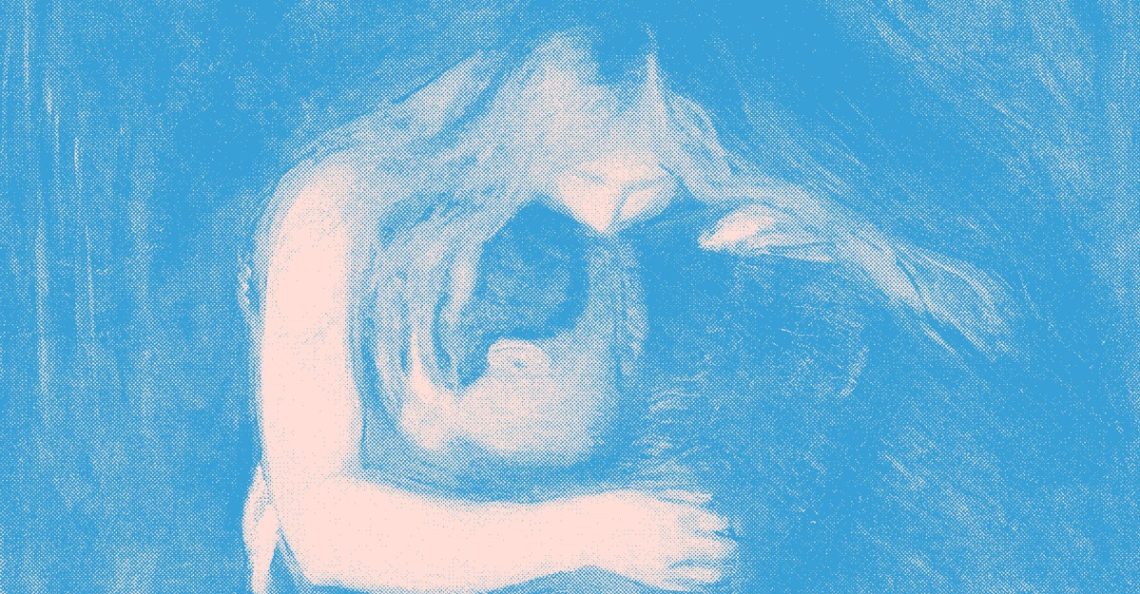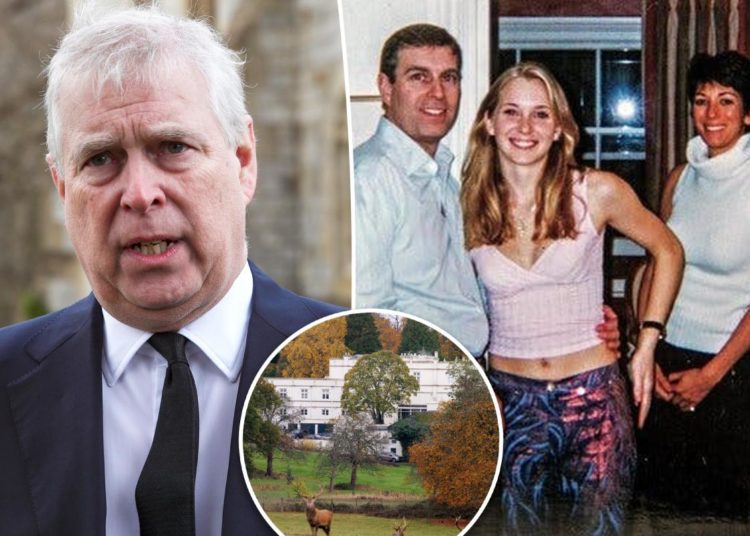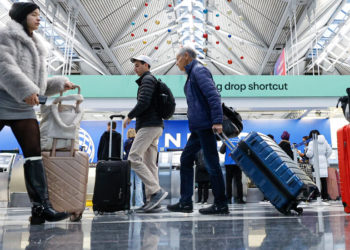This is an edition of Time-Travel Thursdays, a journey through The Atlantic’s archives to contextualize the present. Sign up here.
When you ask someone whether they have ever seen a ghost, you are asking them whether they believe in the inexplicable. Some people are more accustomed to the idea than others: In different folklores, throughout history, ghosts appear as omens and lost spirits; they signify regret, pain, open endings.
Then there are the ghosts that haunt not a culture, but a person. Perhaps the earliest and most extensive collections of those stories in The Atlantic’s archives were authored by H. B. K., who compiled two oral accounts of supernatural incidents in the 19th century. One story came from her Protestant minister in France, who described a house once inhabited by his father and older brother, then seven months old. The baby was generally sweet-tempered, until he moved into the new dwellings. Each evening, he would dissolve into screams that grew more earsplitting when the nurse carried him past a large, empty closet in the room—“indeed, it seemed to her most unaccountable that the baby appeared, by an irresistible fascination, always to turn his head towards the closet and to scream so that she feared he would go into convulsions,” H. B. K. wrote.
In a telltale twist, when the family left the house and the landlord tore down the structure, a skeleton was found under the closet floorboards. “A very old woman remembered to have heard in her youth of the mysterious disappearance of a young girl,” according to the minister, “who was never heard of again.”
H. B. K. pronounced no judgment on each account she transcribed. To preface her first collection, published in 1877, she noted that ghost stories were “constantly brought forward in mixed society” but had been considered “decidedly unfashionable” to discuss in “polite circles” when she was young. By the 19th century, polite circles in the West were trying to move past such beliefs, which belonged to a pre-Reformation, pre-Enlightenment, pre–Scientific Revolution era. Ghosts had no place in Protestant theology, which took hold in the 16th century and decried the Catholic doctrine of purgatory. If no in-between existed, where would the spirits come from? And two centuries later, when intellectuals championed rational thought, how childish and absurd did ghosts seem then?
That’s not to say that everyone stopped believing at once. As people age, many yearn to uncover the most unknowable mysteries, “especially when the angel of death has torn from our arms some cherished member of our little circle,” H. B. K. observed. “We may go hand in hand with our loved ones to the very brink of the dark river, but there we must leave them; and oh, how we struggle and agonize, and passionately pray—alas, how fruitlessly!—for but one glimpse beyond the veil.”
In the hauntings she relays, the prevailing theme is not fear. As a teenager, a minister in the Church of England felt an unearthly chill one afternoon at his uncle’s house. That night, his dead aunt visited him and told him not to grieve his sister, who he later learned had died the precise moment he’d felt the temperature drop. A young Englishwoman wished that her beloved mother-in-law, who lived 40 miles away, could be there for the birth of her child; in a sickly state, she felt a cold hand pressing her arm and saw her mother-in-law, who bid the young woman goodbye at the same time that she died in her home. The captain of a regiment wondered whether his men would ever see their fellow soldier Arthur again, and then Arthur suddenly materialized in the mess hall, pale and dressed in the same clothes they had seen him in last. Another regiment swore that they had witnessed his arrival too, but an intelligence report declared that he’d died at sea at—get this—the same time that his ghost had appeared.
In one sense, talking about ghosts can be a way to talk about those we wish could visit us again. Haunted, a short 2019 documentary directed by Christian Einshøj, follows Einshøj’s mother, who was reluctant to be filmed. He tried for years to get access to her life, years in which their relationship grew only more distant. Then, in passing, she told him a story: She had seen a ghost. A human figure, unmistakable in the sunlight, had emerged from one wall in her home and passed through another. She was not troubled; she considered it a “welcome distraction,” Einshøj told The Atlantic: “What kind of person would welcome a visit from the dead? Certainly, someone who had experienced a great loss.”
The ghost gave Einshøj a way in to start filming his mother, and to ask her about another haunting: his brother, who was 3 when he died from a rare blood disease. Years later, she obsessed over local stories about missing and dead people, wondering aloud how their loved ones must feel. Family videos shot by Einshøj’s father focus on their lost son, seen lying on a hospital bed next to his whispering mother. “I don’t think there is anyone she misses more than him,” Einshøj said in a narration.
The mind plays tricks on people all the time—maybe an apparition sighting is a hallucination, or the product of desperation. Understanding why ghost stories persist is a matter of understanding what moves somebody to believe, even if that belief invites skepticism or mockery. I know someone who believes in ghosts but does not believe in God. I know another person who believes in both. I know I have doubted many things, and have been proved wrong many times.
The post What Ghosts Reveal When They Visit appeared first on The Atlantic.




